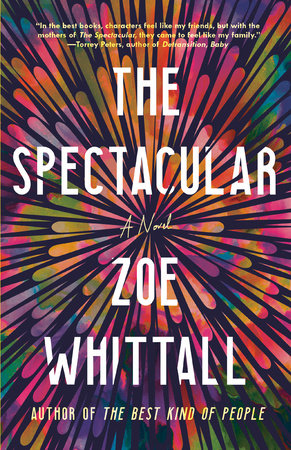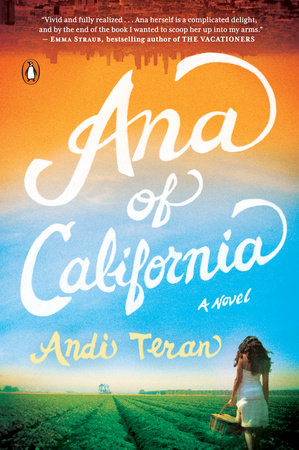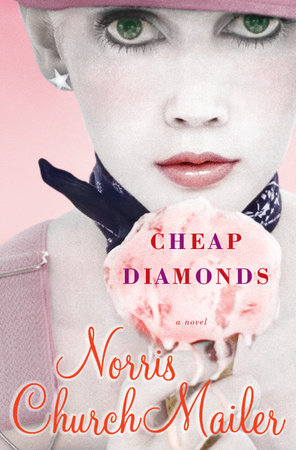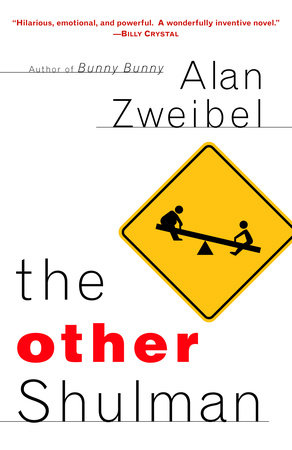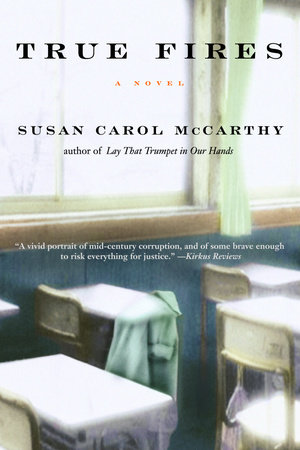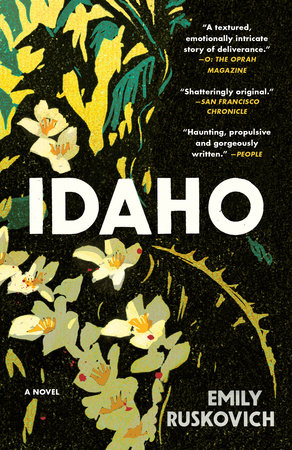A Conversation with Norris Church Mailer
Kim Harington is a former high school English teacher, a member of two book groups, and a book reviewer for the Arkansas Democrat Gazette. Like Norris Church Mailer, she is a native of Arkansas, and married to a nov-elist. She and the author have discovered a number of commonalities, among them a shared birthday. Harington is at work on a novel herself.
KH: While Windchill Summer is glorious in imaginative detail, it is set in Sweet Valley, a town not unlike your own hometown of Atkins, Arkansas. Did you feel the need to disguise Atkins as Sweet Valley? You call My Lai by its actual name.
NCM: Sweet Valley is probably closest to Atkins, population 1,391 when I was there, but has characteristics of several other Arkansas towns, plus quite a lot of made-up details. I didn’t want to be bound by reality, or to imply that the fictitious events in the book actually happened by putting them in a real place.
On the other hand, the events described in the novel did indeed take place in My Lai, or did as closely as I could ascertain from my research. At one point, I considered giving the village a fictitious name, calling the officers by other names, and making it a My Lai-like event, but I didn’t be-cause My Lai was a turning point in America’s consciousness of the war, and a big part of history.
Q: You have stated that a writer of fiction draws from real life experiences, research, and imagination. How much of you is in Cherry?
NCM: Warren Beatty once said that if an actor has even five percent of a character in him, he can successfully portray that person, and I think the same holds true for a writer.
Just as Sweet Valley was a composite of several places, Cherry is assembled with bits and pieces and quirks of people I know (like a friend who is obsessed with her big feet), and her sensibilities are filtered through mine. But then, so is everyone else in the book, even the bad guys!
Obviously, I have more than five percent of Cherry in me, but Cherry’s life and ideas, while not too far removed from mine, are certainly her own. She is probably a lot nicer than I am, maybe a little more naive, and she certainly held on to her virginity longer.
Q: (laughter) But Cherry has a tendency to underestimate her own strength and her intelligence. Her self-reflective statement comes to mind: "I never pretended to be deep." Is this not contradicted by the wisdom with which she views the people and events of her narrative?
NCM: I wrote that with secret irony, because, although Cherry totally believes it–that self-effacement is part of her charm–she is, in fact, a deep person. She deals with death, war, religion, and love–subjects, I believe, anyone would say are deep. In her own way, Cherry is a philosopher, having the courage to ask questions of her religion, country, and friends that don’t have hard and fast answers, and to make decisions herself.
Q: When you were Cherry’s age, how conscious were you of the events taking place in Vietnam? How concerned were you?
NCM: I started this book in a creative writing class at Arkansas Tech, while my first husband was in Vietnam and I was finishing my degree, pregnant with our son, Matthew. The war was an obsession with me, as it naturally would be in that situation, and I was glued to the TV and the mailbox. Although those first pages I wrote were vastly different than this finished book, they were the genesis of it, and it was helpful to me at the time to channel some of my fear and frustration into the work. Like Cherry, I went to anti-war rallies and believed it was a horrible war–as if any wars are not–but as Tripp says, some wars are more honorable than others, and it was hard to find any honor in the Vietnamese war. We didn’t take land or give it back–we just killed people.
Q: Have you, by the way, heard from any Vietnam vets who have read Windchill Summer? If so, what stands out among the comments?
NCM: Most of the veterans I have spoken to aren’t happy that My Lai was the defining incident in the book, but I felt like I was pro-soldier, although anti-war, in the tone. I wanted to understand and portray the circumstances that might build up and lead young boys of eighteen or nineteen to eventually commit the events that happened at My Lai, and I think I succeeded to some degree, at least to myself. Besides this, most of the vets I spoke to thought the portrayal of the war, the language, and the feelings were pretty true to life.
Q: Did you enjoy the necessary research you undertook in order to write authentically of the Vietnam experience? You made a trip to Saigon (Ho Chi Minh City) to research the novel. How helpful was that visit?
NCM: There is so much good research material out there that it would have been possible to write this book without going to Vietnam, but the book is a lot richer because of the trip. Just to get my hands in the dirt, smell the air, and go into the Cu Chi tunnels was worth it. One of the tunnels has been turned into a tourist attraction, with a bored former VC tunnel fighter as a guide. It has been made larger, for the fat American tourists, with lights along the way, but even so, the feeling of claustrophobia and fear of what lies ahead is pretty easy to visualize from in there.
Q: I’m wondering, is there a character closest to your heart?
NCM: That is a little like asking which is your favorite child, but, aside from Cherry, if I had to pick one I loved, it would be Lucille, because she lives out loud and does exactly what she wants to do without any self-consciousness or shame or guilt, which neither Cherry nor I am able to do. I called my friend Aurora in Arkansas after I had written Carlene’s funeral scene, and said, "Can you believe it? Lucille wore a pink dress to the funeral!" The characters were that real to me.
Q: Carlene’s story–her romance, early motherhood, her father’s death, her secrets–is especially dramatic and quite poignant, far more than the lives of Baby or Cherry. Did you have a special fondness for Carlene?
NCM: Yes, I did, more and more as she developed. She was the operative definition of "Nobody Ever Said It Had To Be Fair," the personification of our own dreams and our worst nightmares–that bad things can happen to good people through no fault of their own. I had to let Carlene go to Heaven with Jerry, though, in all fairness. That was a particularly favorite passage of mine. I cried the whole time I was writing it. Carlene’s death was also a metaphor, for me, of the senseless killing in war–at the same time she was killed, thousands of innocent people were dying over in Vietnam.
Q: What happens underwater and underground in tunnels and caves is significantly symbolic of the secrets your characters hold. Did you consciously decide at some point to make effective dramatic use of underworlds–water and ground–to represent secrets, the unknown? Or did this connection spring up as a function of the mysterious and illusive creative process?
NCM: Much to our annoyance, there are times when someone will say to a writer, usually with the great excitement of discovery, "You don’t know what you’ve written!" and although my first comment would be, "Yes, I do! I wrote it, didn’t I?" sometimes we, as writers, aren’t always aware of all the connections and elements of our work until it is viewed through the fresh perspective of another’s eyes. I never consciously said, "Oh, the cave and the lake are such great metaphors!" but obviously they are.
Lakes and caves have always been fascinating to me, dangerous and mysterious and somehow other-worldly. I have gone several times to Blanchard Springs Caverns, up in the Ozarks, and ever since I read Tom and Huck, I loved the idea of an adventure taking place in a cave. An Indian skeleton was actually found in the Blanchard Springs Caverns, too, so I appropriated that for Bean’s cave, and we could possibly find many layers of symbolism in that!
The Philippine stories of the Aswang mermaid and her underwater world fed nicely into Carlene’s death and journey from the lake to Heaven, and it made the lake a bit more sinister as a backdrop for The Water Witch, Baby’s family, and Frank’s houseboat.
Q: You are also a painter, and with this novel have joined a small but select group of creative people who split their talents between the verbal and visual arts. Windchill Summer is inarguably visually powerful. Do you feel your visual sense stems from your hands-on art?
NCM: I had a double major in college, Art and English, and since I believed I had small chance of earning my living in Arkansas as either a painter or writer, I got a teaching degree in both subjects. It must be said that teaching Art was a lot more fun. I always kept an easel in the classroom, doing my own work at odd moments, and after I moved to New York, I had nine one-woman shows of my paintings and numerous group shows.
Painting does teach one to observe details, and visualizing a scene is richer for the elements that might also go into a painting. I believe the two disciplines are the same, and that only the tool is different–a picture is created with a brush or with words. Thinking in these terms, one scene of the novel in particular comes to mind–where Carlene is molested by her father. As she lay on the ground afterward, it was so clear to me, through her eyes, that I could see the curl of the rusted beige siding on the trailer (burnt sienna); the cloudless blue sky (cerulean mixed with a little cobalt and white); the dirt smeared on her hands and elbows (burnt umber and yellow ochre); the blood laced across her legs (alizarin crimson and Chinese red); the sap green of the pine trees . . . I could paint it now.
Q: While writing Windchill Summer, were you obsessed with your work? How would you characterize your writing habits?
NCM: It did take me over completely, especially toward the end when the story became involved and I was on a roll. I hated to stop for the day and go downstairs to cook dinner. My poor husband ate cereal a lot, or cooked himself. Since he is a writer too, fortunately he understood.
My habit is to take care of the minutiae of life in the morning, have lunch, and then start work around two in the afternoon and work until six or seven. I try to treat it like a job, and even if I am not in the mood, just the act of sitting at the computer and reading what I wrote the previous day usually primes the pump for new work.
Q: And did you find that during the writing process you experienced a number of emotions?
NCM: Of course! Writing a scene such as the rape of Carlene by her father, or her death, or My Lai, or Cherry’s first sexual experience with Tripp, are powerful, emotional scenes and in creating them, a writer, like an actor, has to experience the emotion–at least the first time it goes down on paper. The next time the writer goes over the scene should be done with the cold clear eye of the writer-as-editor, which polishes the writing, but leaves the power and emotion of the scene intact.
Q: To me, one of the novel’s major strengths is the interconnectedness of its characters and their entwined secrets. Subplots bump up against each other deliciously. Equally complicated is the handling of time in the novel’s development. The reader gets information in a piecemeal fashion, as you juggle the past and present, and reveal events as though they were part of a jigsaw puzzle. What informed your sense of the effective unfolding of events?
NCM: As unbelievable as it might seem, the chapters unfolded pretty much as they are in the book. There was no real diagram, just a gut instinct and the characters leading me on. I did work hard to keep the events clear as to time and place, which is why I used the name and little drawing in the chapter headings–so readers would know at a glance who was going to be the focus of the chapter before they began reading it.
Q: The characters led you on, yet none of them know all. They know only bits and pieces of what has happened in Sweet Valley. The reader, though, is privy to all details, a powerful technique and one that grants the reader a certain power. In this way, the reader feels a sense of participation. Was that your objective?
NCM: Very much so.
Q: Cherry struggles with the concepts of sin and wrong-doing coupled with her own recent pleasurable experiences. How did your own religious background prepare you to write this novel?
NCM: I was raised in the Free Will Baptist church, which is somewhat like the Holiness church Cherry attends, but rather more reserved. As a child, I did frequent a Holiness church with my cousin, and it was so much more exciting than ours because they spoke in tongues, and played guitars, and had healing services where everyone fell down on the floor, and people shouted and danced in the aisles. I chose to make Cherry Holiness, I admit, because it was more interesting to write about, although the questions she struggles with could be found in any religion. I wanted to treat the religious aspects with the utmost seriousness, and to not make fun of any of it, because it was serious to Cherry and it is serious to me.
Q: You have been married to Norman Mailer for more than twenty-six years. What is it like for a first-time novelist to be married to such a famous and distinguished writer?
NCM: I had aspirations to be a writer when I met Norman, and in fact had written over three hundred pages of a novel that was the genesis for Windchill Summer, but I suppose at that time I wasn’t secure enough in my own writing abilities to pursue it. However, I continued to write on various levels and gain experience–plays produced at the Actors Studio, screenplays, film treatments, and a short piece for a magazine. Living with Norman over the years has been an ongoing education in writing, too, because I have read each draft of all his books, been part of the editing process, and have seen what it takes to go to work every day and be a professional. I think I became a better writer almost by osmosis.
The obvious question is: Did Norman help get my book published? The short answer is No, since we decided he wouldn’t read it until it was in hardcover, but it would be folly not to acknowledge that because of him I knew a lot of people in publishing, and they were curious to read my manuscript. Still, no matter who writes a book, publishing houses have their reputation to consider, and if they don’t believe a book is good and will make money, they won’t publish it. I went with Random House, my husband’s publisher, but in fact there were several other offers, which was gratifying.
Q: So tell me this: Is publishing an act of courage?
NCM: Of course I would say yes, but really, the first time you show your work to anyone, preferably someone who loves you, is scary. If they like it, as you suspect they will, then you have to gather the courage to show it to an agent or publisher who could turn you down and crush several years of your work, life, and self esteem.
Then when, wonder of wonders, they decide to take it, you have to hand the manuscript–which has known no other hand but your own–over to an editor, and then, once it is published, critics who, you believe, hardly read it much less understood it, take it apart in print for everyone to see. It all requires courage. Still, the thrill of holding the first book in your hands, like a newborn baby, makes it all worth while.






